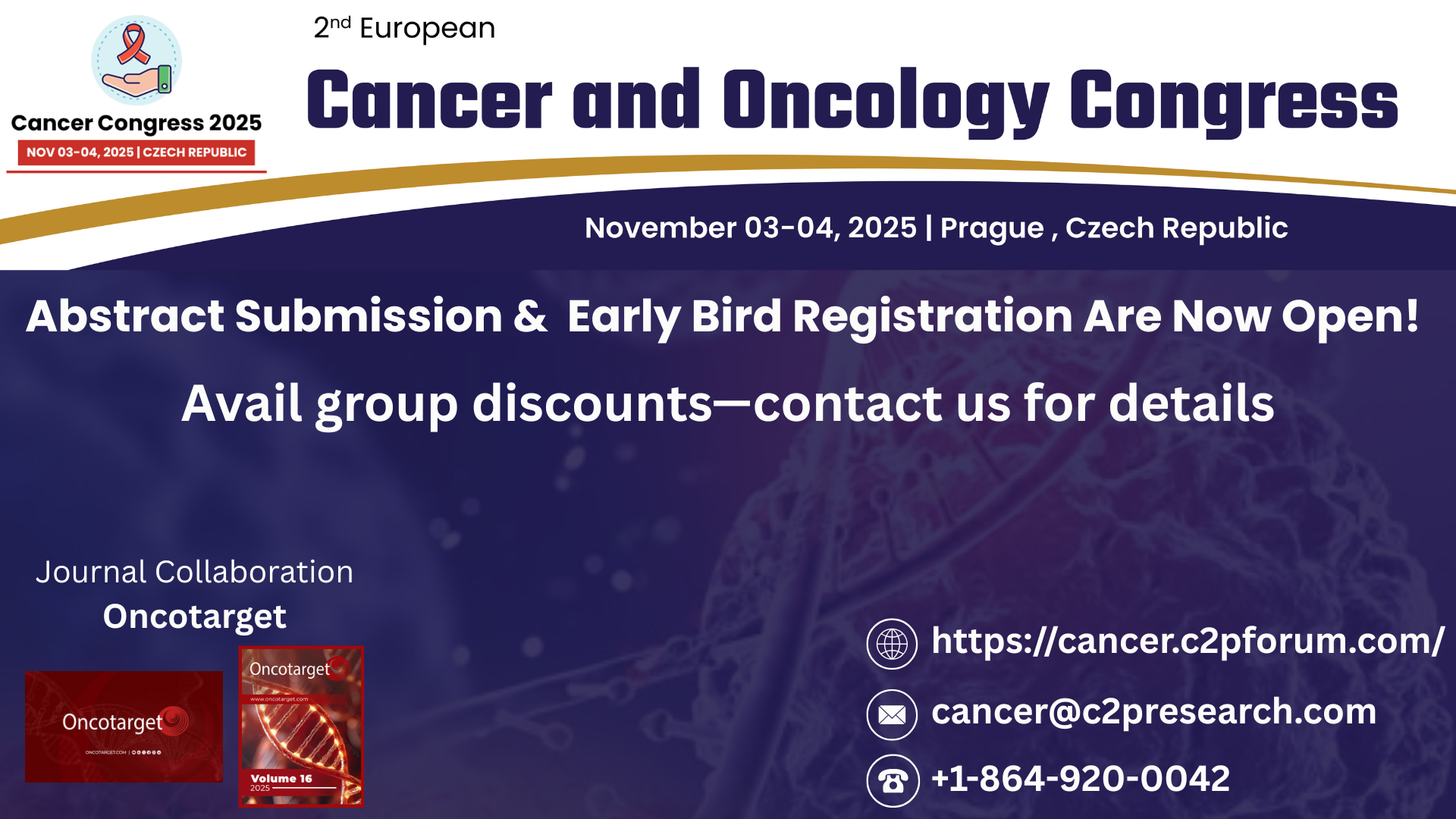Research Papers:
Salidroside suppresses solar ultraviolet-induced skin inflammation by targeting cyclooxygenase-2
Metrics: PDF 2941 views | HTML 3172 views | ?
Abstract
Dan Wu1,2,*, Ping Yuan2,*, Changshu Ke3, Hua Xiong3, Jingwen Chen1, Jinguang Guo1, Mingmin Lu1, Yanyan Ding2, Xiaoming Fan2, Qiuhong Duan2, Fei Shi1, Feng Zhu2
1Department of Dermatology of the General Hospital of Air Force, Beijing, 100142, PR China
2Department of Biochemistry and Molecular Biology, Tongji Medical College, Huazhong University of Science and Technology, Wuhan, Hubei, 430030, PR China
3Department of Pathology, Tongji Hospital, Huazhong University of Science and Technology, Wuhan, Hubei, 430030, PR China
*These authors have contributed equally to this work
Correspondence to:
Qiuhong Duan, e-mail: [email protected]
Fei Shi, e-mail: [email protected]
Feng Zhu, e-mail: [email protected]
Keywords: salidroside, cyclooxygenase-2, solar UV, skin inflammation, p38
Received: January 06, 2016 Accepted: March 10, 2016 Published: March 23, 2016
ABSTRACT
Solar ultraviolet (SUV) irradiation causes skin disorders such as inflammation, photoaging, and carcinogenesis. Cyclooxygenase-2 (COX-2) plays a key role in SUV-induced skin inflammation, and targeting COX-2 may be a strategy to prevent skin disorders. In this study, we found that the expression of COX-2, phosphorylation of p38 or JNKs were increased in human solar dermatitis tissues and SUV-irradiated human skin keratinocyte HaCaT cells and mouse epidermal JB6 Cl41 cells. Knocking down COX-2 inhibited the production of prostaglandin E2 (PGE2), the phosphorylation of p38 or JNKs in SUV-irradiated cells, which indicated that COX-2 is not only the key enzyme for PGs synthesis, but also an upstream regulator of p38 or JNKs after SUV irradiation. The virtual ligand screening assay was used to search for natural drugs in the Chinese Medicine Database, and indicated that salidroside might be a COX-2 inhibitor. Molecule modeling indicated that salidroside can directly bind with COX-2, which was proved by in vitro pull-down binding assay. Ex vivo studies showed that salidroside has no toxicity to cells, and inhibits the production of PGE2, phosphorylation of p38 or JNKs, and secretion of interleukin-6 (IL-6) and tumor necrosis factor-alpha (TNF-α) caused by SUV irradiation. In vivo studies demonstrated that salidroside attenuates the skin inflammation induced by SUV. In brief, our data provided the evidences for the protective role of salidroside against SUV-induced inflammation by targeting COX-2, and salidroside might be a promising drug for the treatment of SUV-induced skin inflammation.
 All site content, except where otherwise noted, is licensed under a Creative Commons Attribution 4.0 License.
All site content, except where otherwise noted, is licensed under a Creative Commons Attribution 4.0 License.
PII: 8300

